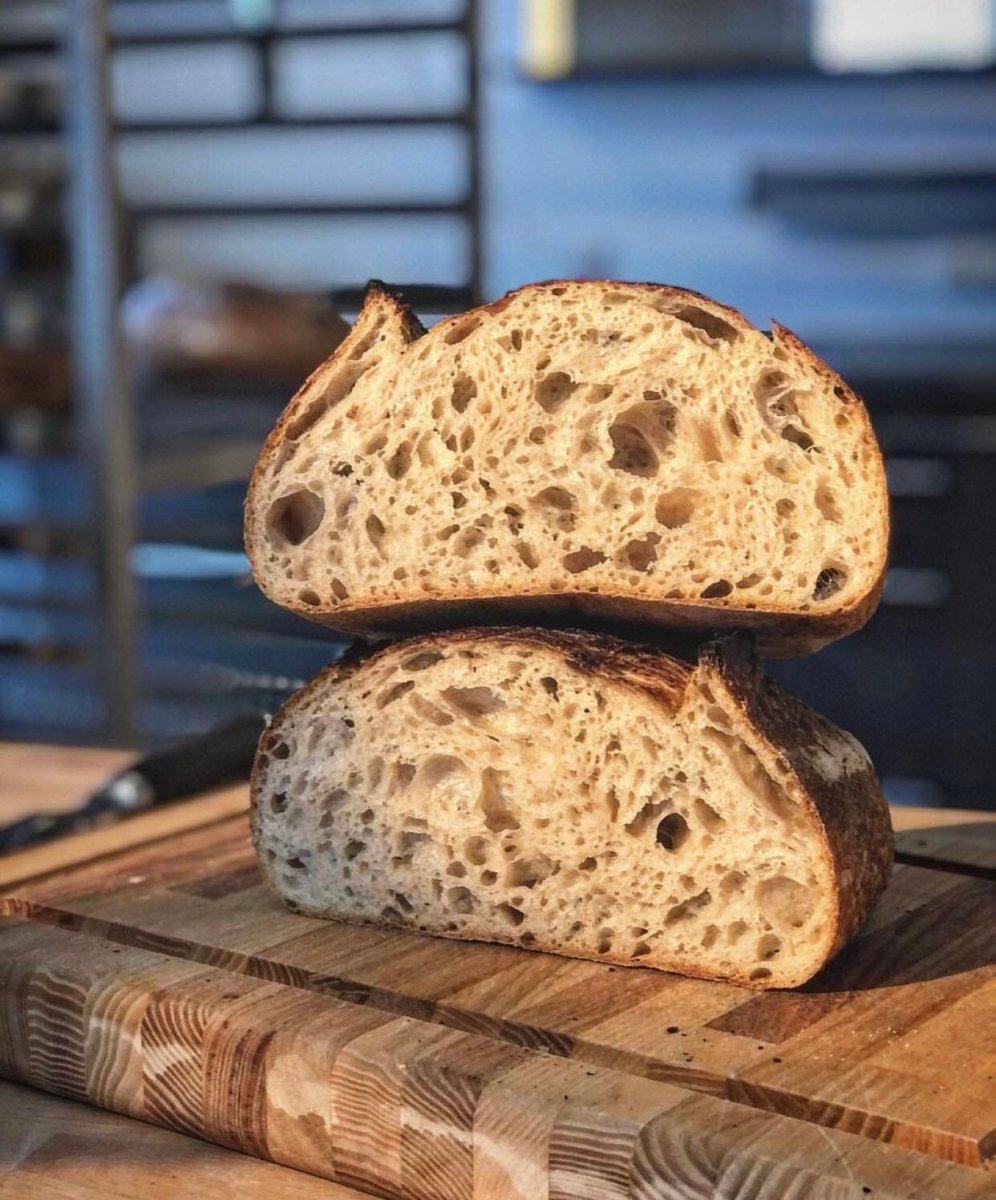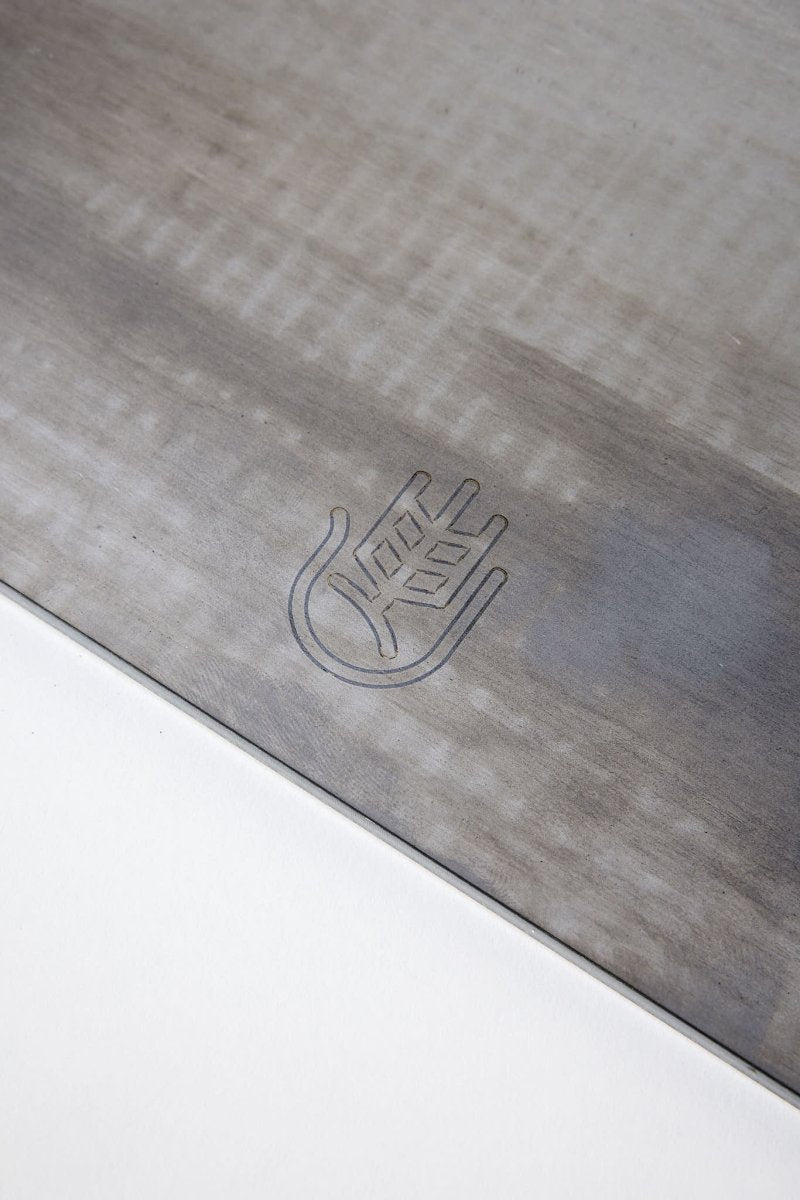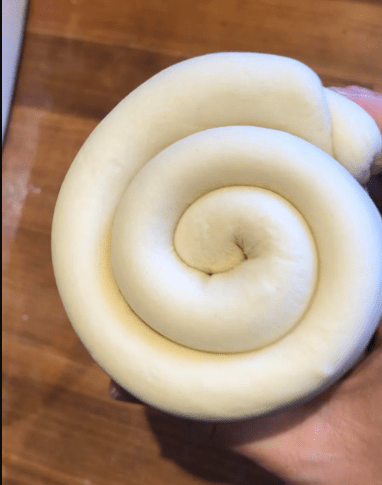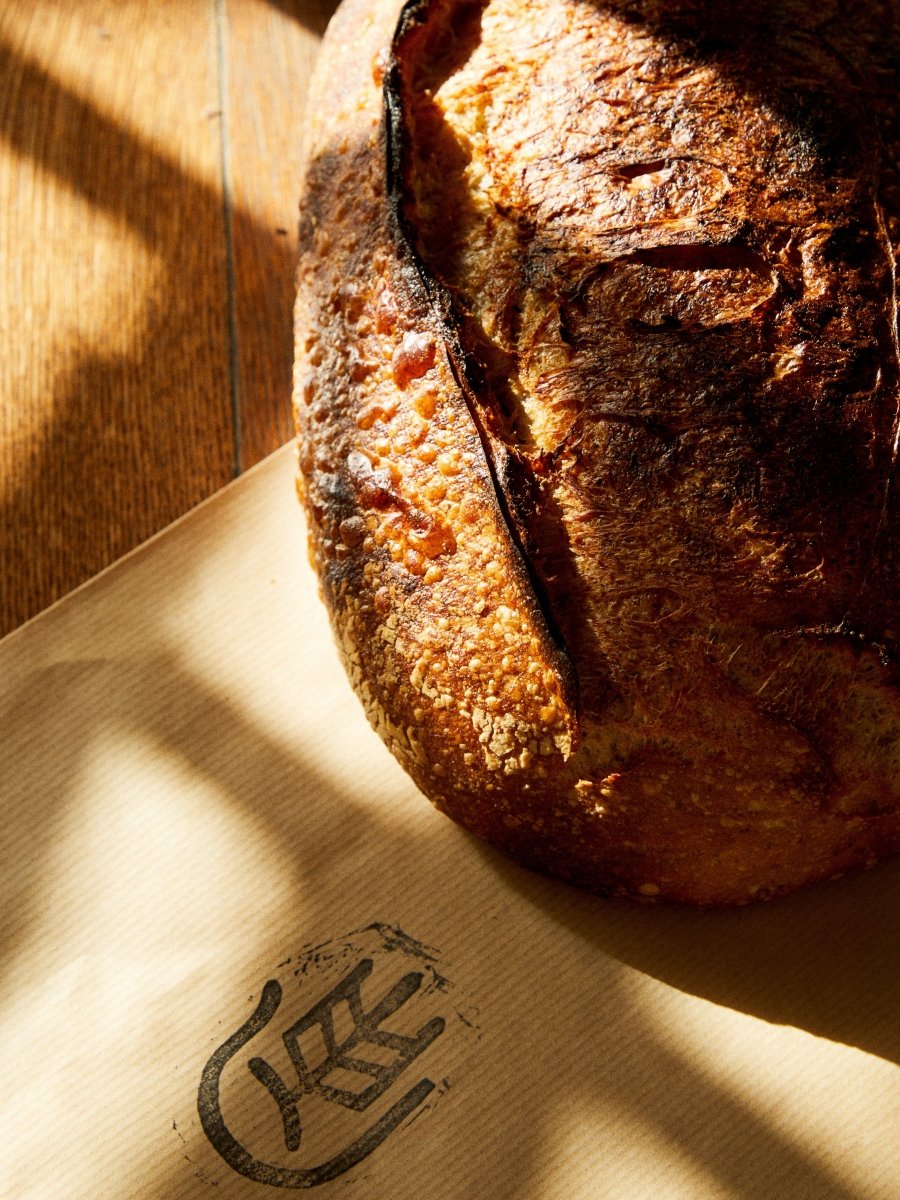Sourdough bread is a beloved culinary delight with a rich history dating back thousands of years. This article delves into the fascinating journey of sourdough, exploring its ancient origins, cultural significance, and the resurgence of its popularity in recent times.
Ancient Origins: Sourdough's story begins in ancient Egypt around 1500 BCE, where evidence of fermented bread was discovered. The art of sourdough fermentation spread throughout the Mediterranean region, with the Greeks and Romans embracing it as a staple food. Sourdough's rise in popularity can be attributed to its inherent ability to leaven bread without the need for commercial yeast.
Cultural Significance: Sourdough became more than just a means of leavening bread; it became intertwined with the cultures that embraced it. It was cherished for its distinct flavor, long shelf life, and digestive benefits. In fact, the term "sourdough" itself became synonymous with experienced miners during the California Gold Rush in the mid-1800s. These miners relied on sourdough as a primary food source, and their expertise in maintaining sourdough starters earned them the nickname "sourdoughs."
The Science Behind Sourdough: At the heart of sourdough is a symbiotic relationship between wild yeast and lactobacilli bacteria. These microorganisms naturally exist in the environment and are captured in a mixture of flour and water known as a sourdough starter. The starter ferments over time, producing carbon dioxide gas, which creates the characteristic air pockets in sourdough bread. The lactic acid produced during fermentation gives sourdough its tangy flavor and contributes to its extended shelf life.
Resurgence in Popularity: In recent years, there has been a resurgence of interest in sourdough. Many people are drawn to its unique flavor profile and the artisanal nature of its production. Additionally, the slow fermentation process of sourdough breaks down gluten and other potentially troublesome compounds, making it more easily digestible for individuals with gluten sensitivities.
Health Benefits: Beyond its digestibility, sourdough offers other health benefits. The presence of lactic acid bacteria in sourdough contributes to a healthy gut microbiome. These bacteria aid in digestion, strengthen the immune system, and may even have mood-enhancing effects. Sourdough also has a lower glycemic index compared to regular bread, leading to more stable blood sugar levels.
Artisanal Craftsmanship: Sourdough bread baking has become a form of artisanal craftsmanship. Bakers take pride in their unique sourdough starters, passed down through generations or carefully nurtured from scratch. Each starter has its own distinct microbial community, contributing to the diverse flavors and textures of sourdough bread.
Conclusion: The history of sourdough is a testament to its enduring appeal and cultural significance. From its ancient origins to the modern-day artisanal revival, sourdough continues to captivate bread enthusiasts worldwide. Its distinct flavor, extended shelf life, and potential health benefits make it a beloved staple in many households. Whether you enjoy it for its tangy taste or the sense of tradition it carries, sourdough remains a delightful testament to the art and science of breadmaking.






Share on socials:
What is so great about sourdough?
What is Sourdough Hydration?
1 comentario
Could you send me one of your sourdough recipes to try to make at home? Could I use rye flour? I am on USA. Thank you!